How to cook teppanyaki at home: These are the key ingredients
Anyone familiar with the Japanese style of cooking has probably heard of teppanyaki. You can’t help but notice the sounds of food on iron plate grills when checking out Japanese cooking.
It’s one of the many popular cooking styles in Japan!
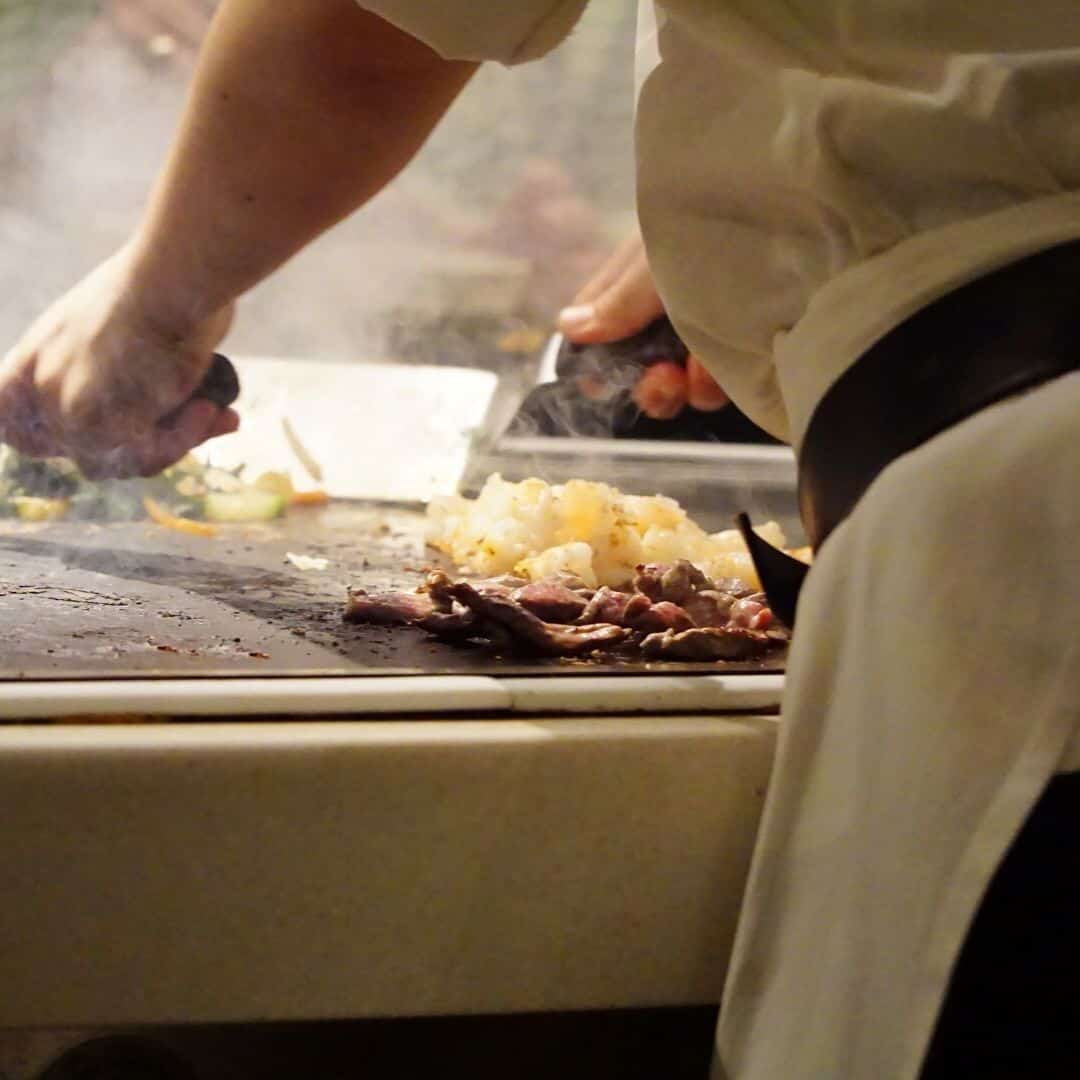
With the correct tools and equipment, it’s possible to cook teppanyaki in the comfort of your home.
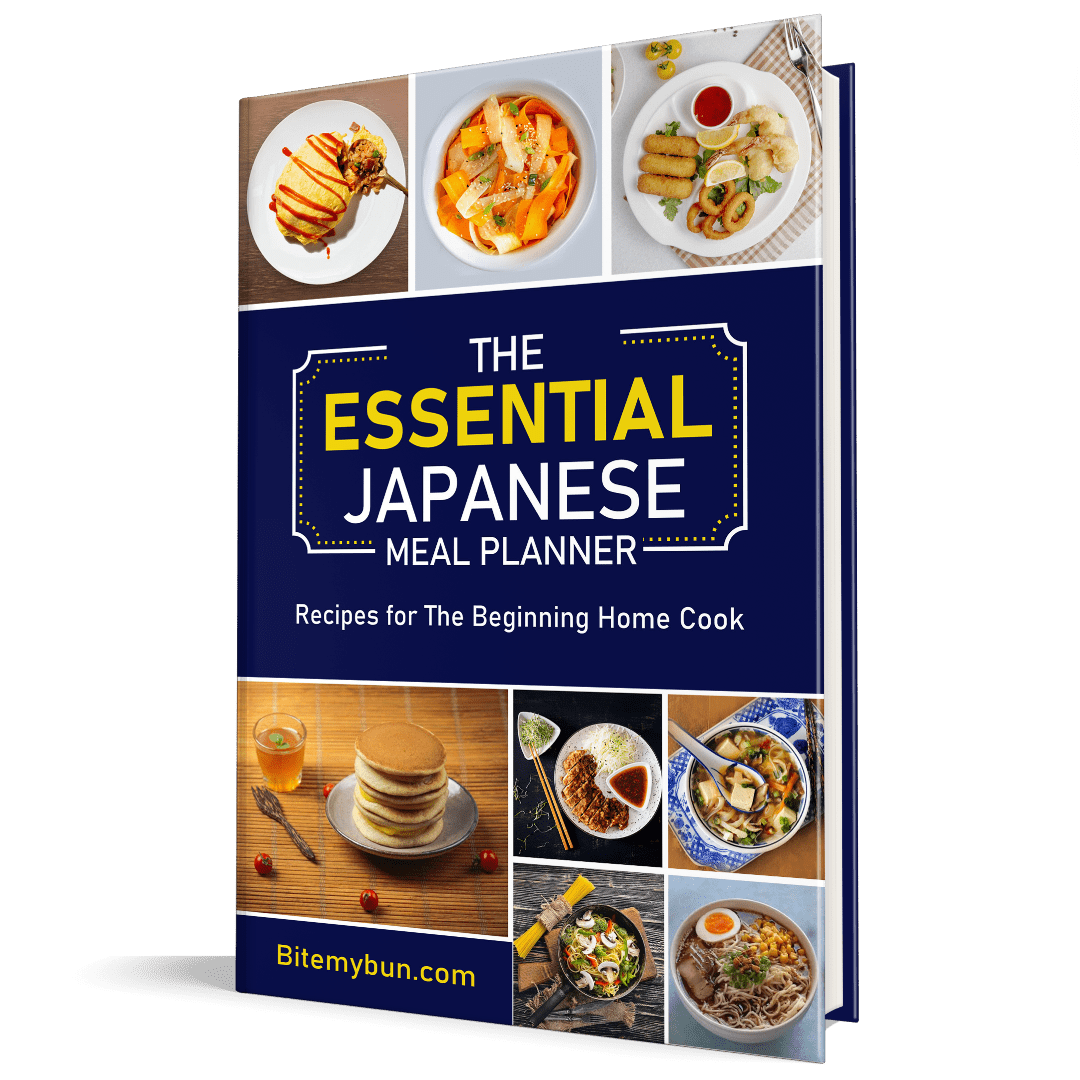
Check out our new cookbook
Bitemybun's family recipes with complete meal planner and recipe guide.
Try it out for free with Kindle Unlimited:
Read for freeIn this post we'll cover:
Teppanyaki recipes
There’s a wide range of ingredients from which you can choose: beef, shrimp, lobster, chicken, and scallops, along with assorted vegetables.
Now although making teppanyaki at home in itself is easy, making it at a restaurant level requires extensive practice.
Many Japanese restaurants feature many other forms of teppanyaki dishes like Kobe beef, Japanese noodles with sliced cabbage, etc., but these are harder than the ones mentioned earlier. So if you’re a rookie, I’d advise that you start with either regular beef or chicken.
For the side dishes, it’s totally up to you to make the call. One of the fun things about teppanyaki is creating all of these little dishes and serving them. That makes teppanyaki great at parties!
You can cook together at the table and eat lots of small dishes and flavor combinations. Choosing a side dish largely depends on the main course you’re preparing and also on your personal preference, of course. But if you’re unsure what to serve, then a mix of different vegetables is always a safe option.
Make sure, however, that you don’t overcook or undercook them, as a bad side dish will ruin the main dish, no matter how good that is!
Other than that, the equipment you require for teppanyaki is the regular set of knives you have at home. At the heart of this process is the iron griddle. So make sure you buy a good one.
The list of recipes for teppanyaki is huge, but they all share some basic steps. The first involves skillfully slicing your main ingredients (i.e. beef, chicken, etc.) into small portions.
This is probably the most important step in the process because if the size isn’t right, then the iron griddle won’t be able to cook it properly, resulting in an overall disaster!
Before putting your main ingredients onto the iron grill, you should prepare your side dishes first, like the vegetables. Normally, side dishes can keep for a longer period after being cooked, so it’s safe to fry them before your main dish.
The final step is the cooking itself, which totally depends on the flame intensity, as well as your ingredients. So to master it, you need tons of practice!
Here are a few recipes you can try at home:
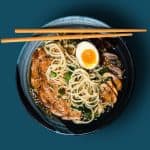
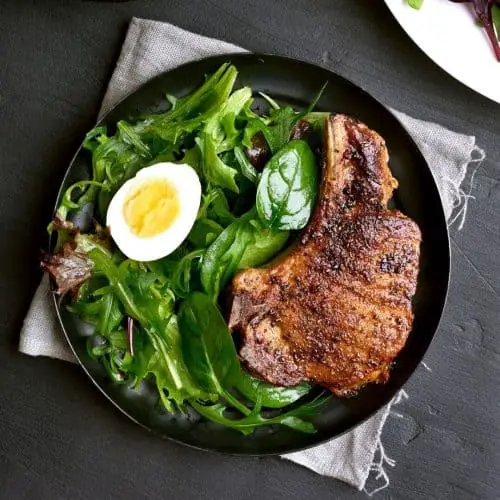
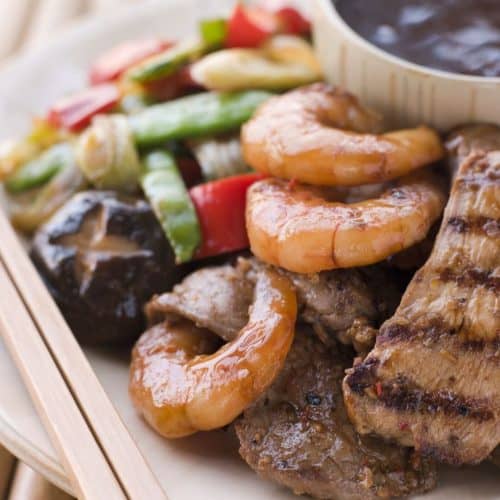
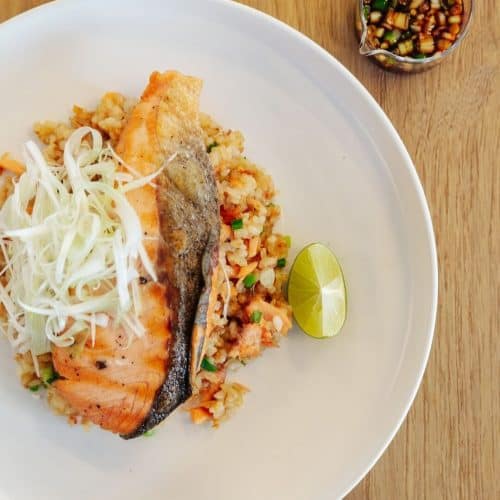
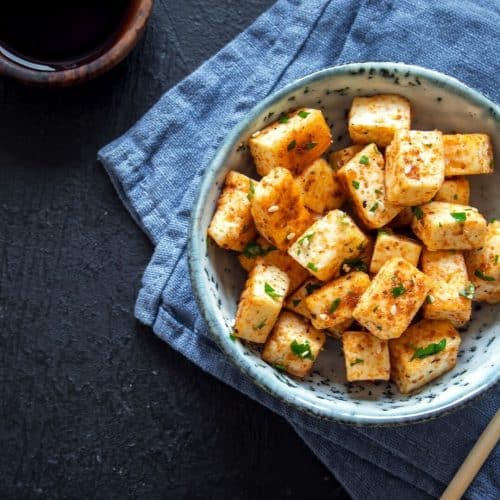
comes in form of preparing the vegetables. It is important that they
are sliced accordingly so as to cook evenly.
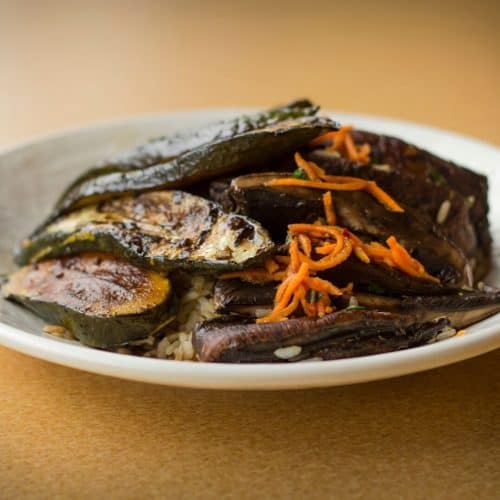
wok, Japanese fried rice is commonly cooked on a teppan. Here I'll show you this delicious recipe and don't worry, you can make it in a grilling pan if you don't have a Teppanyaki plate

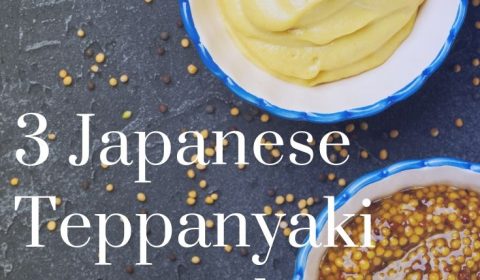
Common ingredients used in teppanyaki
Teppanyaki is greatly influenced by Western cooking; therefore, the ingredients used are also westernized. These include lobster, shrimp, chicken, beef, scallop, and a wide variety of veggies.
The most common oil used in cooking the ingredients is soybean oil. Teppanyaki is also served with side dishes such as zucchini (although this isn’t common in Japan), mung beans, fried rice, and garlic chips.
International restaurants also provide special sauces, but only soy sauce will be offered when trying it in Japanese restaurants.
Seasonings
The common seasonings involved in teppanyaki cooking are wine, soy sauce, salt, pepper, and vinegar. Garlic is also used in plenty of cooking, especially when preparing meat, chicken, and bean sprouts.
It’s up to you what seasonings you want to use in combination with some oil to get a great taste.
Check out this video to find out more about teppanyaki cooking:
Teppanyaki chef supplies
Every professional teppanyaki chef has 4 words that describe themselves: mastery, expertise, precision, and showmanship. In addition to having the skills of an experienced chef, teppanyaki chefs must also add the art of performance while cooking.
Many teppanyaki chefs usually entertain diners not only with the taste of their meals, but also with an interesting collection of amazing skills and tricks that they use to prepare these meals.
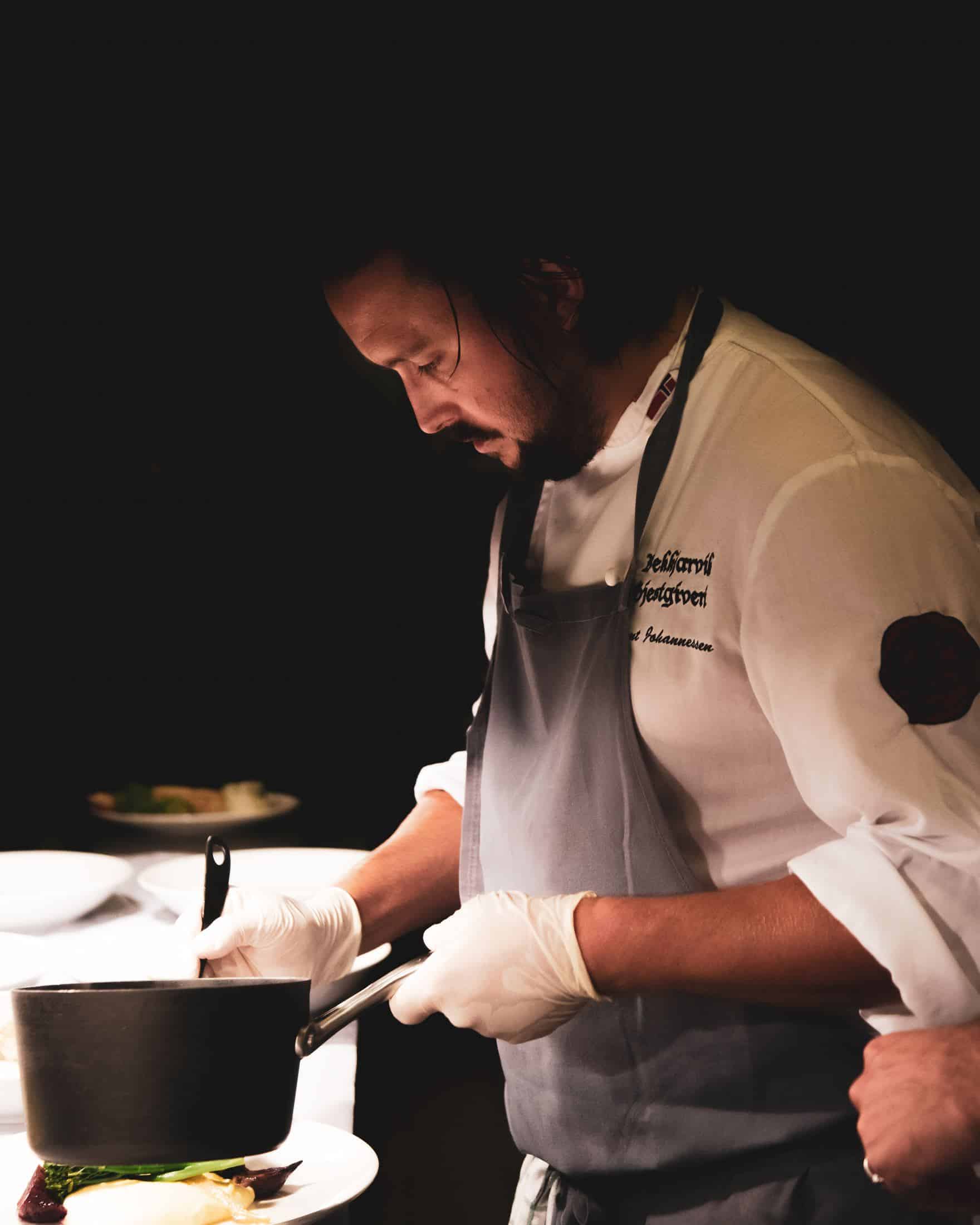
It requires endless commitment, practice, and time to master the art of teppanyaki chefs. In addition to this, you’ll also need some important tools and supplies to make your teppanyaki chef dream come true.
Other than a professional teppanyaki griddle, you’ll also need the following supplies. Read: The tools you need for teppanyaki
The advantages of using a teppanyaki grill
A lot of traditional barbecue grills are designed to have grate openings, making them unsuitable to cook small pieces of food.
Teppanyaki grills are certainly different from those traditional grills since they’re designed with a solid flat surface, enabling the user to grill food without throwing some portions away.
The ingredients are in direct contact with the surface of the grill, making the food’s juices also heated and cooked. This helps the ingredients retain their flavor.
Therefore, dishes prepared using a teppanyaki grill have enhanced flavor, most especially if they’re accompanied by sauces.

Selecting the right teppanyaki grill
There’s a wide variety of teppanyaki grill models that you’ll find on the market these days. The quality varies according to price and specifications.
If you want a grill that can be conveniently cleaned after using it, you may select a teppanyaki grill that’s made up of stainless steel.
But if you prefer a grill that has the capacity to uniformly distribute heat throughout the surface, it’s best to choose grills that are made of cast iron. Since the heat is evenly distributed, you can be assured that your ingredients are properly cooked.
When it comes to the cooking location, there are teppanyaki grills that are suitable for outdoor use. Outdoor grill models utilize portable fuels such as liquid propane and natural gas.
The grill’s burner system is securely enclosed, so strong winds can’t interrupt its functionality. On the other hand, indoor models are powered by electricity, which is more convenient to use and set up.
For a good fit for you, you can check out my buying guide where I show what my choices were going forward in learning more about the culture and cooking styles of Japan. Or you can directly look at my top list of grills.
Enjoy cooking teppanyaki at home
There are many ways to implement your knowledge about teppanyaki:
- You can experience a better taste of teppanyaki because you now know better which dishes to choose
- You can show off your teppanyaki skills to your friends
- You can even open your very own teppanyaki restaurant if you have the will to do so
There are people who say teppanyaki isn’t good and that’s completely fine because food is like music; everyone has their own opinion and everyone’s opinion needs to be respected.
As for myself, I can’t imagine a weekend without my teppanyaki!
Teppanyaki restaurant chains are very common in the US, which means you can find tons of them in every major city. Also, teppanyaki isn’t that expensive like other foreign cuisines, so it’s an affordable night out.
Teppanyaki is an excellent example of cultural integration, and definitely a delicious one! I hope this article has helped you understand what teppanyaki really is and now you can probably be a “ninja” in your own kitchen to make delicious food.
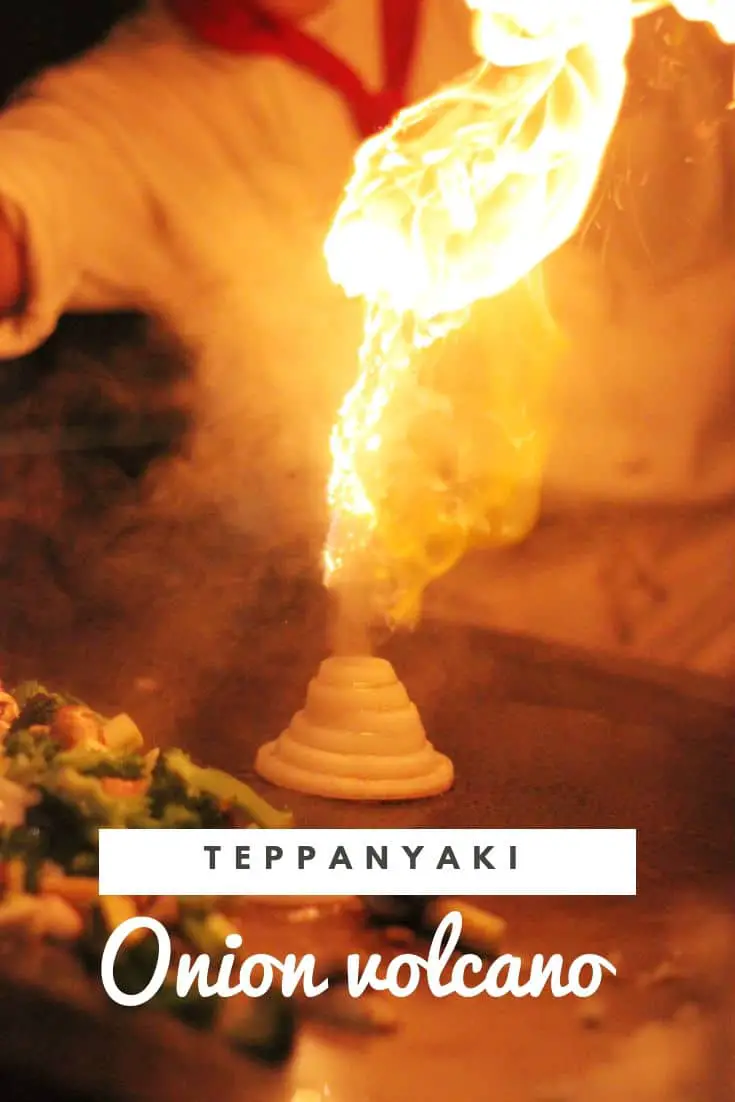
This is a text overlay image of the original work Kono Hibachi, Myrtle Beach by Ginny on Flickr under cc. What an amazing shot of teppanyaki in action!
Check out our new cookbook
Bitemybun's family recipes with complete meal planner and recipe guide.
Try it out for free with Kindle Unlimited:
Read for freeJoost Nusselder, the founder of Bite My Bun is a content marketer, dad and loves trying out new food with Japanese food at the heart of his passion, and together with his team he's been creating in-depth blog articles since 2016 to help loyal readers with recipes and cooking tips.
